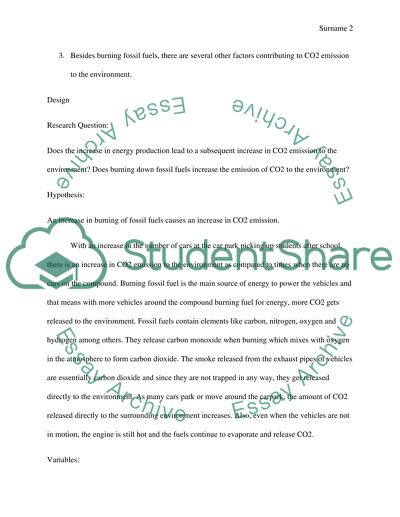Cite this document
(“Comparing the CO2 in the school carpark and the field during the day Lab Report”, n.d.)
Comparing the CO2 in the school carpark and the field during the day Lab Report. Retrieved from https://studentshare.org/environmental-studies/1682213-comparing-the-co2-in-the-school-carpark-and-the-field-during-the-day-and-after-school-day
Comparing the CO2 in the school carpark and the field during the day Lab Report. Retrieved from https://studentshare.org/environmental-studies/1682213-comparing-the-co2-in-the-school-carpark-and-the-field-during-the-day-and-after-school-day
(Comparing the CO2 in the School Carpark and the Field During the Day Lab Report)
Comparing the CO2 in the School Carpark and the Field During the Day Lab Report. https://studentshare.org/environmental-studies/1682213-comparing-the-co2-in-the-school-carpark-and-the-field-during-the-day-and-after-school-day.
Comparing the CO2 in the School Carpark and the Field During the Day Lab Report. https://studentshare.org/environmental-studies/1682213-comparing-the-co2-in-the-school-carpark-and-the-field-during-the-day-and-after-school-day.
“Comparing the CO2 in the School Carpark and the Field During the Day Lab Report”, n.d. https://studentshare.org/environmental-studies/1682213-comparing-the-co2-in-the-school-carpark-and-the-field-during-the-day-and-after-school-day.


